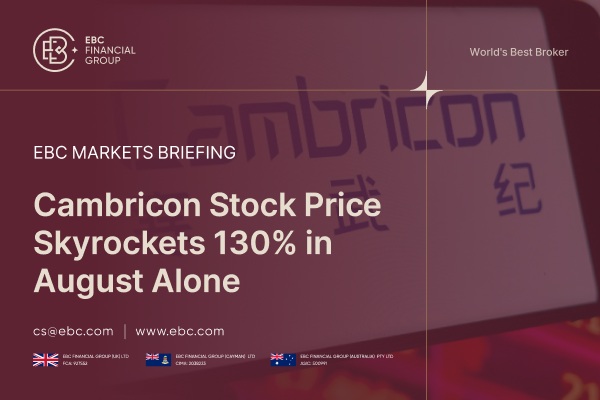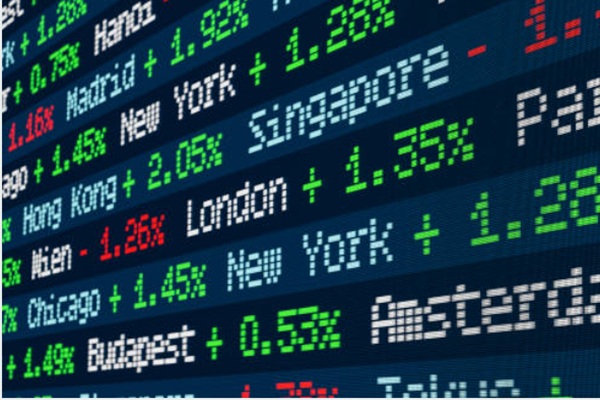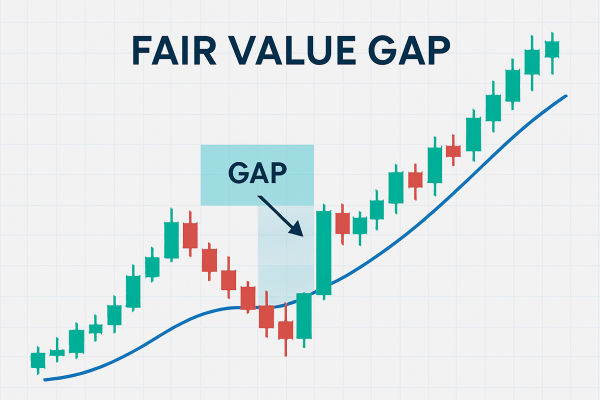The commodities market is a vital component of the global economy in facilitating the trade of raw materials and primary products essential for various industries and daily life.
These markets enable producers, consumers, and investors to buy and sell commodities, providing mechanisms for price discovery, risk management, and investment opportunities.
However, therein lies the question: What can be traded in a commodities market?
Understanding Commodities Markets
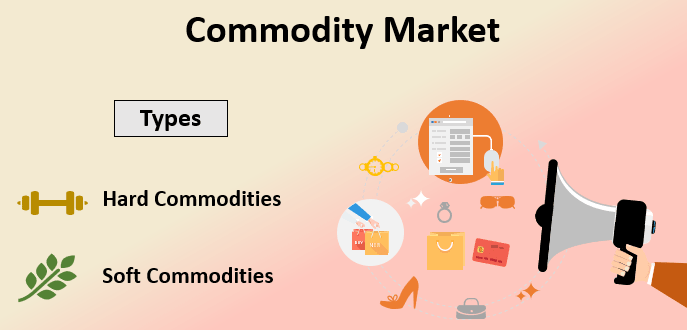
To summarise, commodities markets are platforms where various commodities are traded. These markets can be physical, where actual goods are exchanged, or virtual, where trading is conducted through contracts and financial instruments. The primary purpose of these markets is to provide a centralised place for buyers and sellers to engage in transactions, establish prices, and manage risk.
Commodities are typically categorised into two main types:
Hard Commodities: These are natural resources mined or extracted, such as metals and energy products.
Soft Commodities: These are agricultural products or livestock, including items like wheat, coffee, sugar, and cattle.
Trading in commodities can occur in the spot market, where goods are exchanged for immediate delivery, or in the derivatives market, which includes futures and options contracts that specify delivery at a future date. These markets provide liquidity and price transparency, allowing participants to hedge against price volatility and speculate on price movements.
What Can Be Traded in a Commodities Market? Types
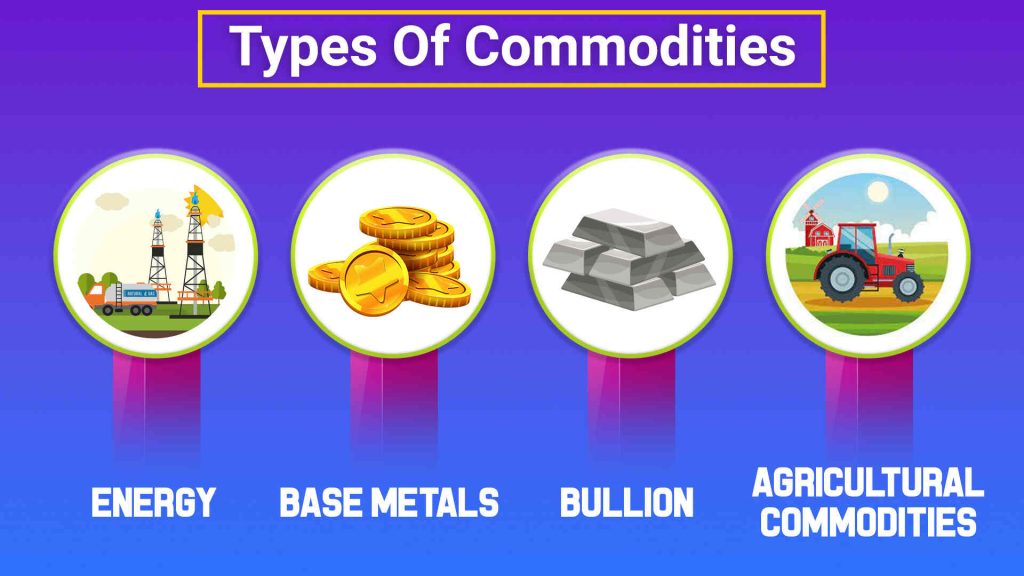
The commodities market encompasses a wide range of products, each with its own trading characteristics and market dynamics.
Energy Commodities
Energy commodities are crucial for powering economies. Some examples include crude oil, natural gas, gasoline, and heating oil. Crude oil, for instance, is traded globally and serves as a benchmark for other energy prices.
Natural gas is essential for heating and electricity generation, where prices are influenced by seasonal demand and supply factors. Gasoline and heating oil are refined products derived from crude oil, with prices affected by refinery capacities and geopolitical events.
Metals
Metals are divided into two categories: precious metals and industrial metals.
Precious Metals: These include gold, silver, platinum, and palladium. Gold is a safe-haven asset, especially during economic uncertainty. Silver has both industrial and investment demand. Platinum and palladium are used in automotive catalytic converters and have investment appeal.
Industrial Metals: These are used in construction and manufacturing and include copper, aluminium, nickel, zinc, and lead. Copper is a key indicator of economic health due to its widespread use in electrical wiring and infrastructure. Aluminum is valued for its lightweight and corrosion-resistant properties, making it essential in transportation and packaging.
Agricultural Commodities
Agricultural commodities are vital for food production. Examples include grains, oilseeds, and soft commodities.
Grains and Oilseeds: Wheat, corn, soybeans, and rice are staple foods traded globally. Weather conditions, crop yields, and global demand will affect their price.
Soft Commodities: Include coffee, cocoa, sugar, and cotton. Coffee and cocoa are primarily produced in tropical regions and are subject to supply disruptions due to climate factors. Sugar prices are affected by production levels in countries like Brazil and India. Cotton is essential for the textile industry, with prices influenced by global fashion trends and agricultural policies.
Livestock and Meat
Livestock commodities include live cattle, feeder cattle, and lean hogs. These markets are influenced by feed costs, disease outbreaks, and consumer demand for meat products.
For example, rising feed grain prices can raise livestock costs, affecting meat prices.
Forest Products
Forest products like lumber and pulp are traded commodities used in construction and paper manufacturing. Lumber prices can be volatile due to housing market demand, tariffs, and supply chain disruptions.
Pulp prices are influenced by global demand for paper products and environmental regulations.
Other Commodities
Other traded commodities include rubber, wool, and dairy products. Rubber is essential for tyre manufacturing, with prices affected by automotive industry trends and weather conditions in producing countries. Wool is used in textiles, and its market is influenced by fashion trends and livestock farming conditions.
Dairy products like milk, butter, and cheese are traded, with prices affected by feed costs, weather, and global demand.
Trading Mechanisms and Major Commodity Exchanges
Traders can trade commodities market in several ways:
Spot Markets: In spot markets, commodities are bought and sold for immediate delivery. Prices are determined by current market conditions.
Futures Contracts: These are standardised contracts to buy or sell a specific quantity of a commodity at a predetermined price on a specific future date. Futures are commonly used for hedging and speculation.
Options Contracts: Options give the holder the right, but not the obligation, to buy or sell a commodity at a set price before a set date. They provide flexibility and are used for hedging against price movements.
Exchange-Traded Funds (ETFs): ETFs allow investors to gain exposure to commodity prices without owning the physical commodity. They are traded on stock exchanges and track the performance of a specific commodity or a basket of commodities.
Several massive exchanges facilitate the trading of commodities:
Chicago Mercantile Exchange (CME): Offers a wide range of commodity futures and options, including agricultural products and livestock.
New York Mercantile Exchange (NYMEX): Specialises in energy products like crude oil and natural gas.
London Metal Exchange (LME): Focuses on trading industrial metals such as copper, aluminium, and zinc.
Intercontinental Exchange (ICE): Provides trading in energy, agricultural, and financial commodities.
Factors Influencing Commodity Prices
A variety of factors influence commodity prices, such as:
Supply and Demand: Basic economic principles dictate that prices rise when demand exceeds supply and fall when supply exceeds demand.
Geopolitical Events: Conflicts, trade disputes, and political instability can disrupt supply chains, affecting commodity prices.
Weather Conditions: Agricultural commodities are sensitive to weather patterns, with droughts or floods impacting crop yields.
Currency Fluctuations: Since commodities are often priced in U.S. dollars, changes in currency values can affect international trade and pricing.
Conclusion
In conclusion, the commodities market provides a platform for trading essential raw materials. Understanding the types of commodities that can be traded, the mechanisms of trading, and the factors influencing prices is crucial for anyone involved in these markets.
Whether for hedging, investment, or speculation, commodities offer diverse opportunities for market participants.
Disclaimer: This material is for general information purposes only and is not intended as (and should not be considered to be) financial, investment or other advice on which reliance should be placed. No opinion given in the material constitutes a recommendation by EBC or the author that any particular investment, security, transaction or investment strategy is suitable for any specific person.




